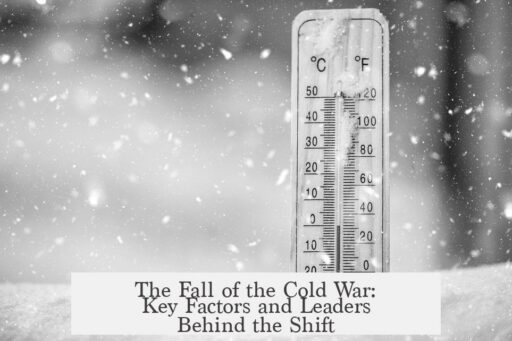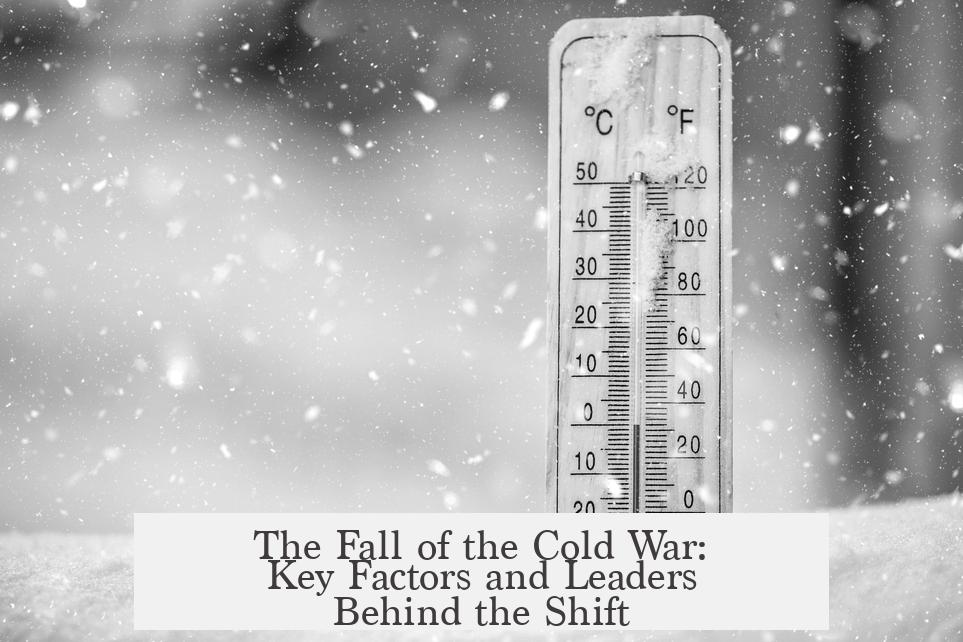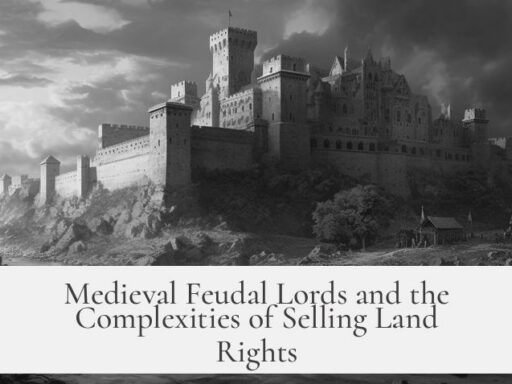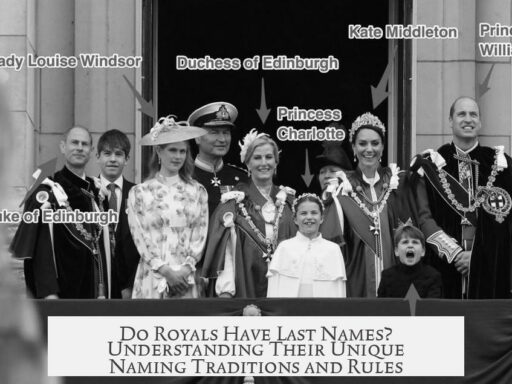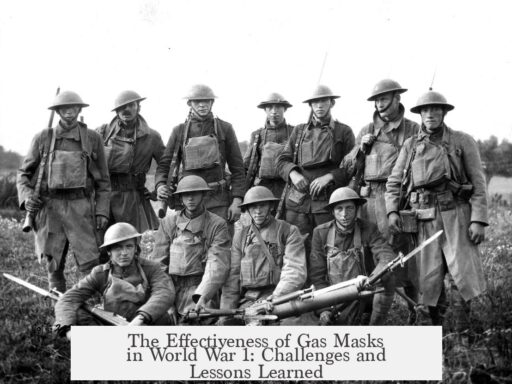The Cold War ends primarily because the Soviet Union collapses amid internal failures and changing political dynamics. Crucial factors include the loss of faith within communist parties, economic crises, strategic errors by communist leaders, and new Soviet policies under Mikhail Gorbachev. Gorbachev’s refusal to use military force to suppress Eastern European democratic movements allows peaceful revolutions to succeed. The change in US diplomacy and leadership complements these developments, but the decisive break comes from within the Soviet bloc itself.

The Cold War, a decades-long geopolitical tension between the US and Soviet Union, concludes without a direct military defeat of communism by the West. Instead, the collapse stems from internal communist party weaknesses and societal opposition. Communist regimes begin to lose confidence in their ideology as economic hardships worsen and public unrest grows. By the late 1980s, countries like Poland face unsustainable conditions, and their leaders lack effective remedies.
- Communist parties face declining legitimacy more than external pressure.
- Opposition movements adopt non-violent strategies to avoid justifying harsh crackdowns.
- Communist leaders repeatedly make political errors, easing controls and then attempting repression, which further alienates citizens.
In Poland, the emergence of Solidarity, a massive workers’ union with nearly 9.5 million members, forces the ruling party to negotiate. The communist party’s decision to formally recognize Solidarity is unprecedented in Soviet history. These negotiations lead to partially free elections in 1989. Solidarity wins almost all contested seats, signaling the end of communist dominance. At Gorbachev’s insistence, the Soviet Union does not intervene militarily, unlike prior decades.
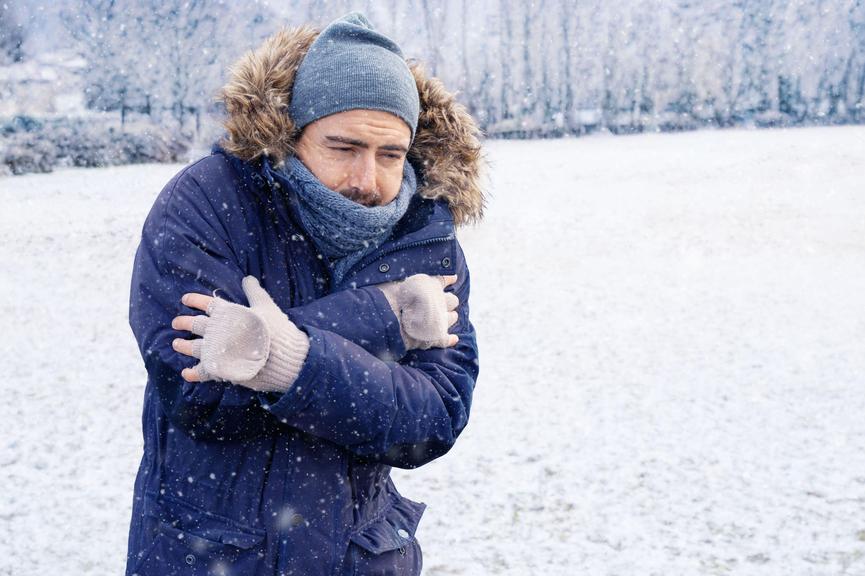
The Soviet Union’s shift in policy under Gorbachev plays a decisive role. His reforms of Perestroika (economic restructuring) and Glasnost (openness) signal a departure from harsh Stalinist control towards reform and transparency. Crucially, Gorbachev makes it clear that the USSR will not enforce its will by invading Eastern European states in response to democratic uprisings.
“The growing democratic movements in Eastern Europe are a matter for the people themselves.”
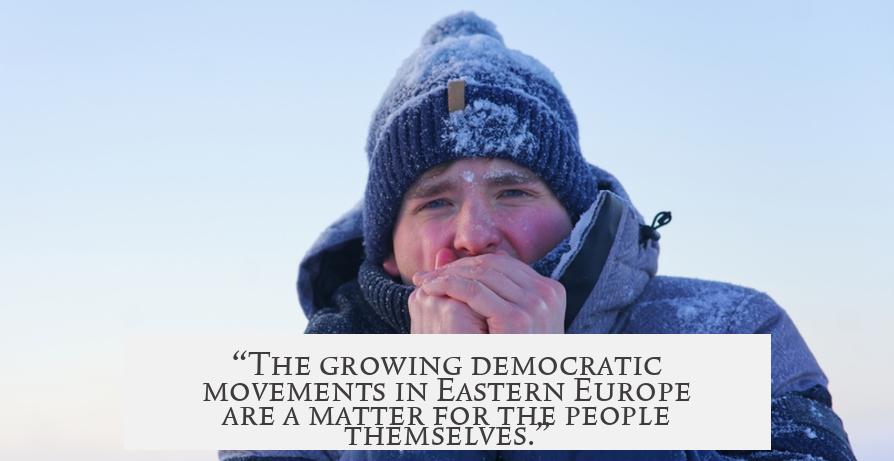
This stance emboldens non-violent resistance across the Eastern Bloc. Countries that previously faced Soviet military intervention in 1956 Hungary and 1968 Czechoslovakia now experience political transformation without armed conflict. The contrast highlights the significance of Gorbachev’s non-intervention approach.
| Event | Outcome | Significance |
|---|---|---|
| Hungarian Revolution, 1956 | Soviet tanks crushed uprising | Set precedent for Soviet force |
| Prague Spring, 1968 | Warsaw Pact invasion suppressed reforms | Soviet intolerance for democratic reforms |
| Eastern Europe Revolutions, 1989 | Peaceful overthrow of communist regimes | Soviet refusal to intervene marks end of forced rule |
The collapse of Soviet authority cascades into the formal disintegration of the USSR itself by 1991. Incidents like the Chernobyl disaster expose governmental incompetence and deepen public skepticism of communism. The Communist Party, once powerful, becomes a spent force unable to maintain control.

US leadership also impacts the Cold War’s end. Early Cold War presidents change tone from alliance appeasement to a firm posture against Soviet influence. Later, leaders such as Eisenhower, Nixon, and Reagan pursue arms control and diplomatic treaties while maintaining pressure. Reagan’s engagement with Gorbachev contributes to a thaw in relations.
President George H. W. Bush further aids peaceful transition by responding carefully during Eastern Europe’s upheavals, emphasizing diplomacy over confrontation. This collaborative international effort complements Soviet internal shifts and helps prevent escalation.

Overall, the Cold War ends due to a combination of:
- Loss of confidence within communist parties undermines their rule.
- Economic decline worsens public dissatisfaction.
- Non-violent resistance movements gain momentum.
- Gorbachev’s policies prevent Soviet military interventions.
- Negotiations and elections dismantle communist power in Eastern Europe peacefully.
- The Soviet Union collapses, ending its role as a superpower opponent to the West.
This nuanced convergence of internal failures and reformist leadership contrasts with earlier Cold War confrontations. The era closes not with a decisive military victory but with peaceful revolutions enabled by political change at the highest levels of the Soviet system and a supportive shift in Western diplomacy.

- The Cold War ends chiefly because the Soviet Union collapses from internal political and economic failures.
- Non-violent opposition movements successfully replace communist regimes when Gorbachev rejects military repression.
- Gorbachev’s reforms reshape Soviet policy, moving away from interventionist Soviet doctrine.
- Historical Soviet force in Hungary and Czechoslovakia contrasts with peaceful revolutions in 1989.
- US leadership, including Reagan and Bush, supports diplomatic solutions aligned with Soviet changes.
How Did the Cold War End? A Deep Dive Into the Fall of An Era
The Cold War ended largely because of internal failures within communism and the Soviet Union, combined with savvy political moves by leaders who dared to change the game. It wasn’t a Hollywood blockbuster-style showdown between Uncle Sam and the Red Menace. Instead, it was a slow crumble from within, dressed in quiet negotiations, economic struggles, and changing minds.

Let’s unpack what actually brought down this decades-long standoff that kept the world on edge.
Internal Collapse: The Communist Party’s Loss of Faith
Imagine you’re at the helm of a ship, convinced it’s unsinkable—but then you start doubting your own navigational skills. That’s what happened inside the communist parties across Eastern Europe. The revolutions in the late 1980s weren’t fueled by Western armies knocking at the gates — no, the communist parties themselves stopped believing in their own cause.
This loss of faith was critical. These parties began to see that continuing the old ways no longer worked. Rather than resist change fiercely, they began slipping, which gave room for opposition movements to grow.
Non-Violent Resistance: A Clever Strategy
The opposition movements in Eastern Europe didn’t take the violent route; they opted for peaceful protests. This was a smart move because any bloodshed at the hands of democratic movements would play into the communist party’s hands as justification for crackdowns. Conversely, violent repression by communists would erode their legitimacy further.
Take Poland’s Solidarity as a shining example. What started as a labor union swelled to a movement with 9.5 million members in just a year. And guess what? Instead of crushing it outright, the communist party in Poland made a historic blunder—they officially recognized Solidarity. This was a first in USSR history and, ironically, it opened the door to their own undoing.
Strategic Stumbles and the Dance of Power in Poland
The communist parties repeatedly messed up politically when dealing with democratic movements. Their pattern was to loosen controls, only to then try to tighten them back through oppression. But these efforts backfired spectacularly, making the regimes look desperate and out of touch.
In 1989, Poland’s communists sat down with Solidarity for negotiations. They agreed to create a new elected assembly. When elections came, Solidarity swept the vote — winning 99 of 100 senate seats and all allowed seats in parliament. The communists faced a stalemate: accept the election results and lose power or ignore them and resign. Gorbachev, the Soviet leader, urged acceptance. That was the final nail in the coffin of communist rule in Poland.
The Soviet Union: A Titanic Breaking Apart
By the 1980s, the Soviet Union was a house of cards. Economic troubles piled high; the government lost all credibility. The Chernobyl disaster wasn’t just a nuclear accident—it was a global sign that the USSR’s system was broken. In trust, recall, or truth, people no longer believed what their rulers said or did.
These internal crises weren’t accidental. They stemmed from deep economic inefficiencies and the political system’s failure to adapt. The Soviet Union’s collapse was less a dramatic defeat by external forces and more a slow-burning implosion.
Mikhail Gorbachev: The Man Who Changed the Rules
Enter Mikhail Gorbachev, the Soviet leader who rewrote the script. He launched Perestroika and Glasnost—policies aiming to reshape and open Soviet society. This move strayed from the repressive and paranoid tactics of his predecessors and nudged the USSR back toward the original revolutionary ideals.
Gorbachev’s most game-changing decision? Declaring that the Soviet Union wouldn’t use military force to suppress Eastern Europe’s democratic movements. To decades of nervous observers, it was as if the USSR was waving a white flag silently and saying, “You’re on your own now.”
This refusal to intervene reassured opposition groups that they could pursue democracy without facing tanks in the streets. It was a seemingly small statement but its impact was seismic. The Warsaw Pact countries felt the shift in wind and rode the wave of change.
Looking Back: Soviet Interventions vs. Gorbachev’s Era
Contrast Gorbachev with Soviet tactics from earlier times. In 1956, Soviet tanks crushed the Hungarian revolution. Imre Nagy’s attempt to pull Hungary out of the Warsaw Pact was ended with brutal force. In 1968, similar repression occurred during the Prague Spring when attempts to liberalize Czechoslovakia ended with a Soviet-led invasion.
Back then, the USSR showed zero tolerance for dissent. The bloody suppression only continued the Cold War’s iron grip. But by the late 1980s, that iron grip had loosened considerably.
The Role of U.S. Presidents: From Cold Warriors to Negotiators
Western leaders played their part but didn’t singlehandedly “win” the Cold War. Franklin D. Roosevelt and Harry Truman marked a severe shift. Roosevelt was friendly with Stalin, even sent him vodka! But Truman snapped at Soviet ambassadors, signaling the start of suspicion and tension.
Later presidents like Eisenhower, Nixon, and Reagan worked on arms control and treaties. Reagan, famously tough on communism, also saw the inevitability of change. The U.S. understood that communist regimes weren’t eternally invincible but inherently fragile.
Don’t forget George H.W. Bush. He played a subtle but crucial role by supporting diplomatic measures, avoiding provocations, and acknowledging the new Soviet realities. His presidency helped smooth the transition during these turbulent times.
What Lessons Can We Learn From How the Cold War Ended?
So, how did the Cold War end? Not with a bang, but through a fragile, intricate mix of internal collapse, clever non-violent resistance, bold leadership, and careful diplomacy.
What if the communist parties hadn’t lost faith? What if Gorbachev had ordered tanks to roll? What if Solidarity had fought violently? The answers remind us how fragile political systems are and how important principled leadership can be.
For today’s leaders and citizens, this history underscores the power of dialogue, the dangers of repression, and that sometimes, the most effective change begins when those in power stop believing in their old scripts.
“The Cold War was not just about missiles and spies, but about ideas, trust, and the courage to embrace change without fighting to the death.”
The Cold War’s end teaches that progress often looks messy and uncertain. But with vision and restraint, even the coldest wars can finally thaw.
